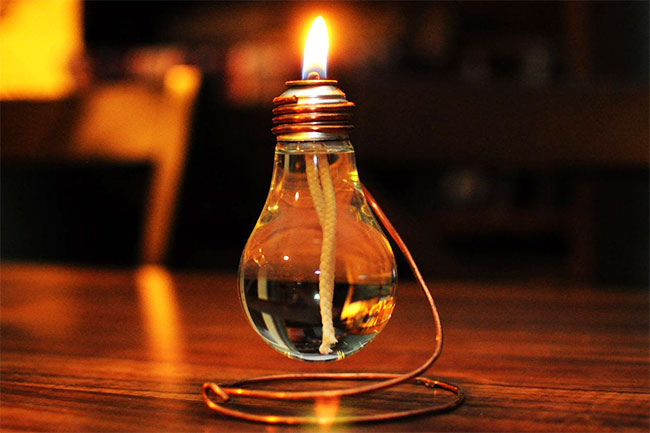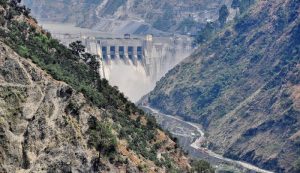
Kashmir’s Power Woes: KPDCL’s Curtailment Plan to Cause Disruption to Businesses and Households
Kashmir Braces for Lengthy Power Cuts as Demand Surges Amid Chilly Weather
As the Kashmir valley grapples with a persistent and escalating power crisis, the Kashmir Power Development Corporation Limited (KPDCL) has introduced a curtailment schedule to manage the growing gap between power supply and demand. The decision to implement power cuts ranging from 4 to 8 hours a day comes as a response to increasing electricity consumption, especially during the cold weather when heating devices and other electrical items are in high demand.
Despite power shortages being a common issue during the severe winter season in Kashmir, the situation has taken an unexpected turn this year. With autumn settling in, residents are experiencing severe power cuts and irregular electric supply. Officials attribute this crisis to a deficiency in the region’s power supply. The peak demand has surged due to the cold weather, causing people to rely heavily on heating gadgets and other power-intensive appliances.
Currently, the power supply stands at around 1100 MW, while the peak demand has risen significantly, exceeding 1800 MW. This substantial gap between supply and demand necessitates power cuts to ensure that the available electricity resources are distributed as efficiently as possible.
In response to this situation, the Chief Engineer of KPDCL Distribution, Javid Yusuf Dar, stated that a detailed power curtailment schedule would be officially announced next week. He also mentioned that non-metered areas were expected to face a maximum of 8 hours of power cuts each day.
This ongoing power crisis is attributed to the considerable gap between the revenue generated by the Power Development Department (PDD) and the funds required for power purchases. This financial disparity has left the region even more susceptible to energy shortages.
In response to the crisis, the Jammu and Kashmir government recently borrowed a substantial sum of Rs 31,000 crore to settle outstanding power bills with external power generators. The urgency of this action underscores the critical nature of the situation.
Chief Secretary Arun Kumar Mehta emphasized that achieving 24×7 electricity could only become possible if all consumers paid their electricity bills without subsidies. He stressed that the government’s ability to provide round-the-clock electricity depends on universal compliance with bill payments.
This challenging situation has put the spotlight on the need for more efficient energy management, increased investment in power infrastructure, and a more robust and financially sustainable energy sector in the region.

